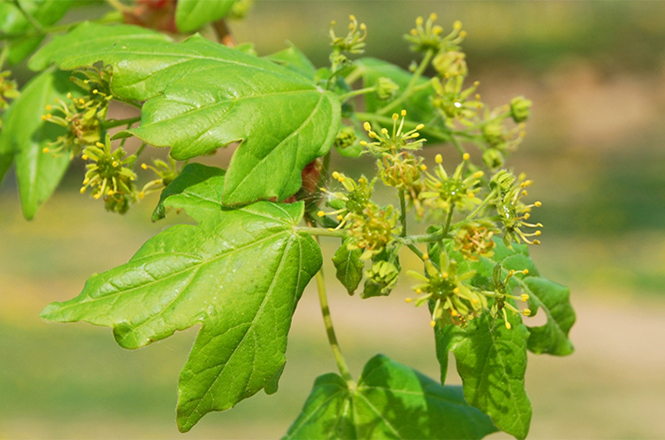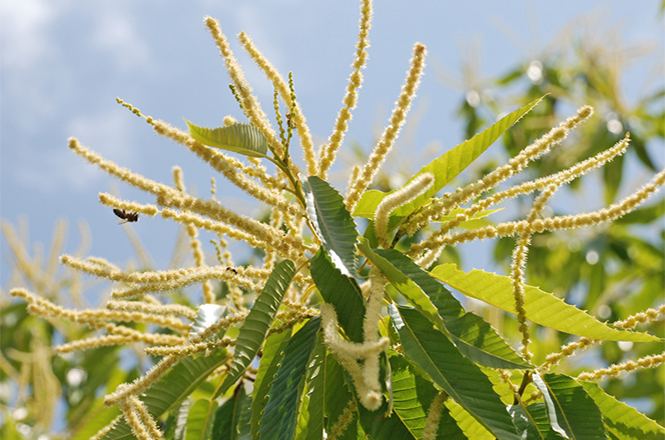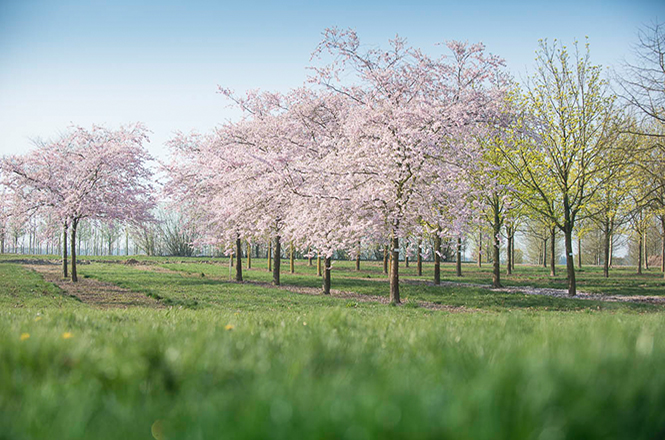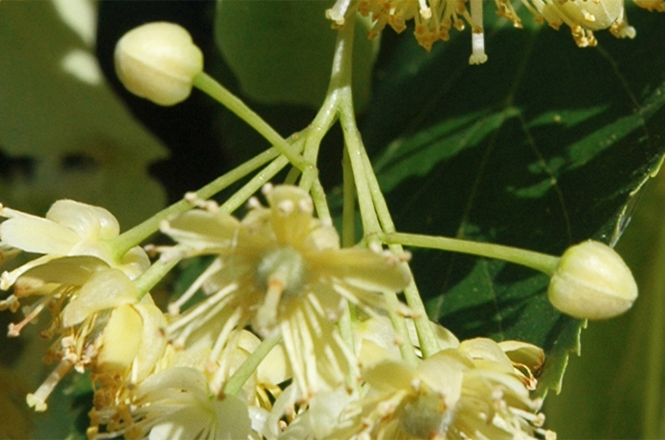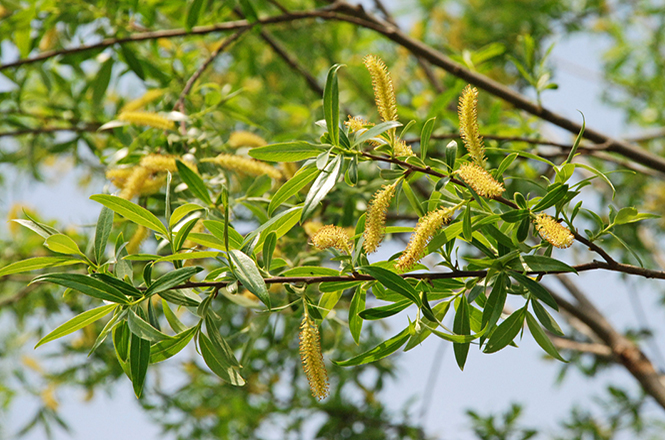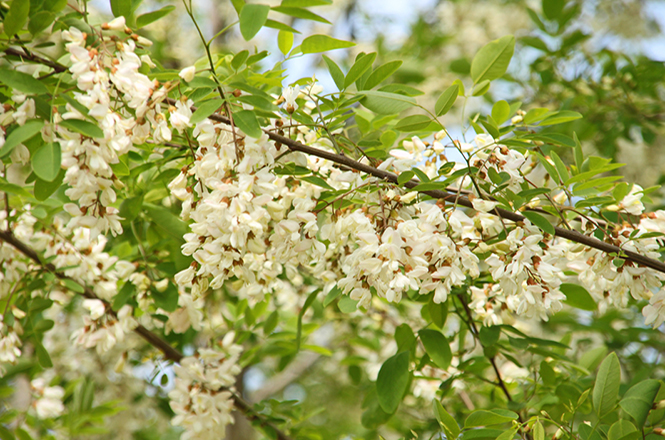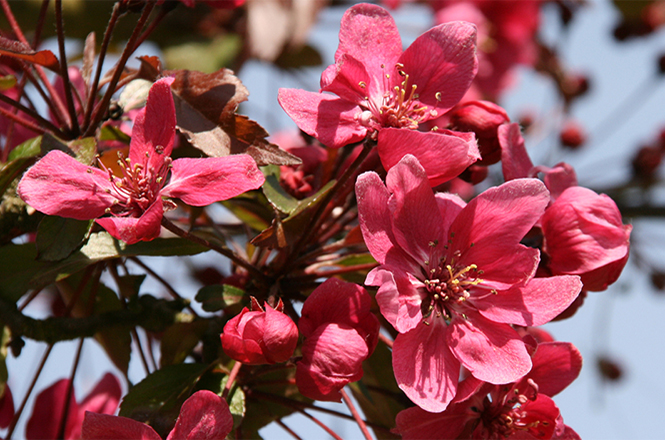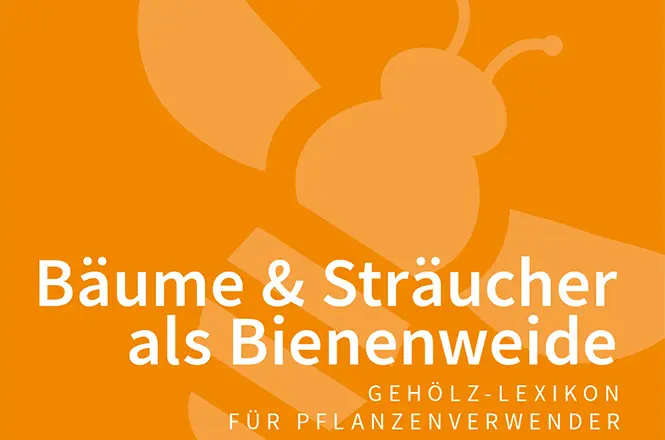
Bee pasture

“Bees are also considered an indicator of environmentally sound production. That’s why we directly created areas for wild bees. In this way, we demonstrate our sustainable production and create habitats for endangered species.”
Jan Jaspers, Nursery Gardener, Lorenz von Ehren Nursery
What can we do?
Provide the insects with more habitats and food. It’s not only perennials and annuals that count as bee pasture, but also trees and shrubs. Woody plants provide bees with many sources of food. Therefore, attention should definitely be paid to trees as insect pasture in the garden. Trees such as field maple (Acer campestre), linden (Tilia), chestnut (Castanea sativa), apple (Malus in various species and varieties) oder die or the black locust (Robinia pseudoacacia) are just a few examples of natural food sources for insects such as honeybees and wild bees as well as bumblebees.
Acer campestre - Castanea sativa - Kirschen in Sorten - Tilia europaea - Salix alba - Robinia pseudoacacia - Malus aldehamensis
Which trees and shrubs are suitable as insect pastures?
Some examples!!
Field maple (Acer campestre)
In the flowering period from May to June, the Acer campestre bears yellowish flowers, which are arranged as corymbs or panicles and attract mainly bees, but also other insects. A great source of food! A bee pasture!
Linden (Tilia)
Linden trees are an important food source for nectar-collecting insects. Due to the large number of flowers, the trees represent a last large mass blossoming of the year, which is utilised by many insects. The linden blossom begins in mid-June with the summer linden. At the end of June, the winter linden follows, with the Crimean and silver linden ending the approximately six-week linden blossom period at the end of July.
Chestnut(Castanea sativa)
Honeybees collect intensively on the sweet chestnut, whose pollen is precious to bees. In addition to the nectar from the flowers of the sweet chestnut, the bees also collect honeydew on this tree. A nurturing tree at its finest!
Black locust (Robinia pseudoacacia)
The black locust flower produces large amounts of nectar. In 24 hours, on average, between 1.7 and 2.9 mg of nectar is secreted.
This makes the black locust one of the most important producers of nectar – and thus bee pastures – among trees. Nectar production is highly dependent on the outside temperature: at higher temperatures the flowers secrete more.
Fruit trees (Prunus, Malus and Pyrus)
The blossoming of the fruit trees is a sight to behold – for insects, too. Cherry plum (Prunus cerasifera) and sloe (Prunus spinosa) provide plenty of food early on in advance of other fruit trees such as sweet cherry, plum, apple and pear blossom.
Willow (Salix)
The native willow species are valuable insect-friendly plants. In addition to the honeybee, over 500 native insect species benefit from the early flowering of the willow, including numerous moths..

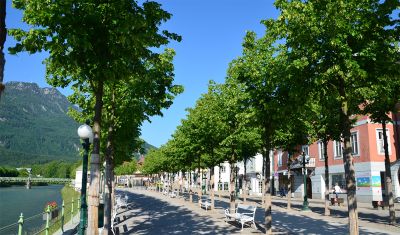
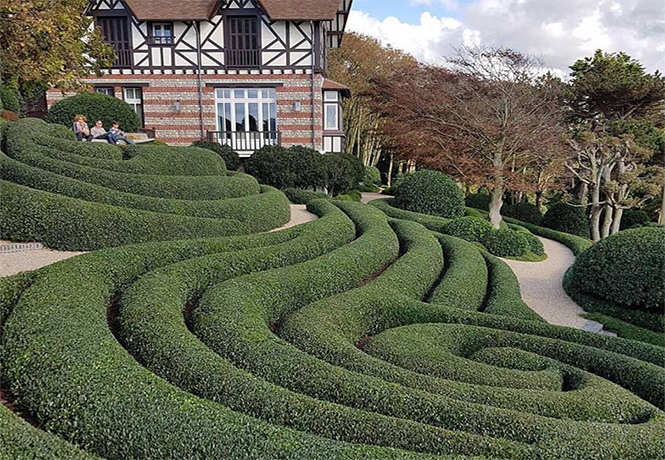
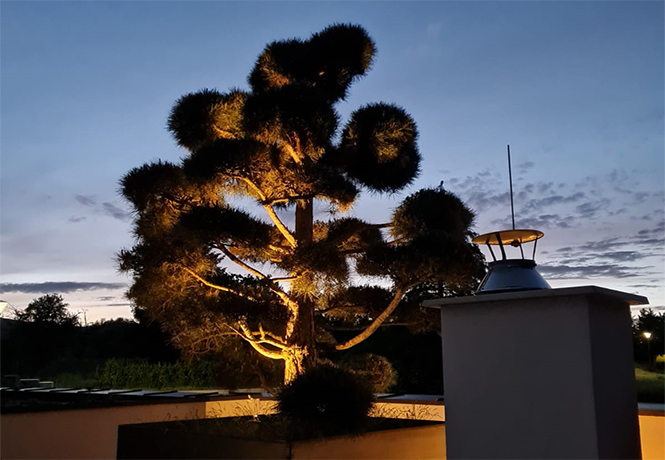
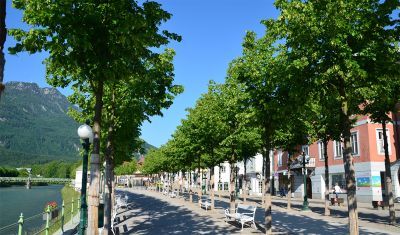

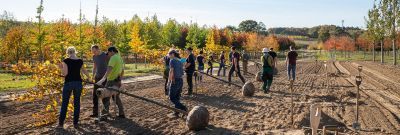
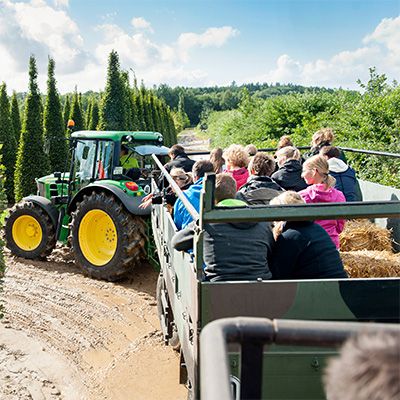
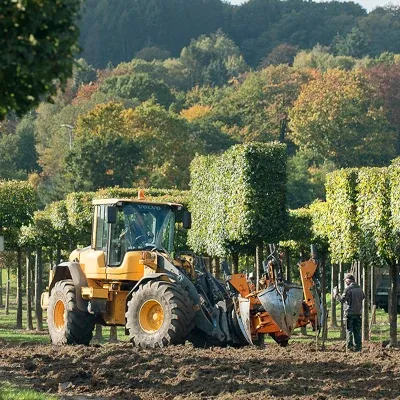
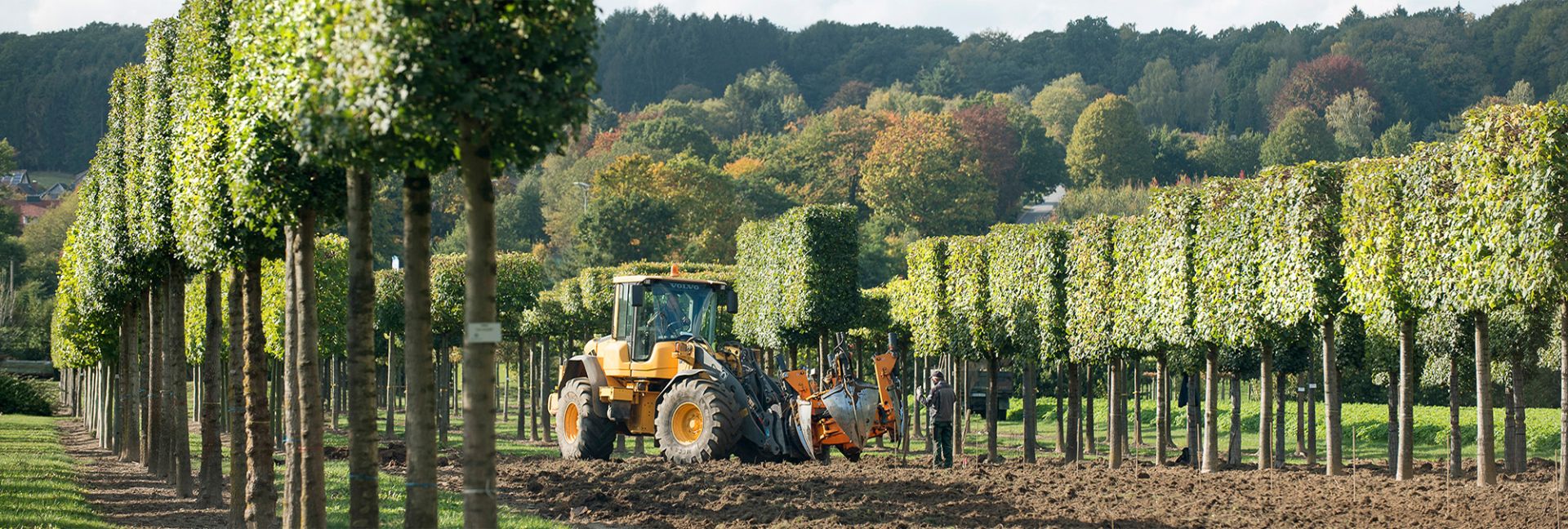
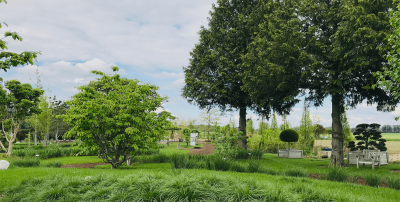
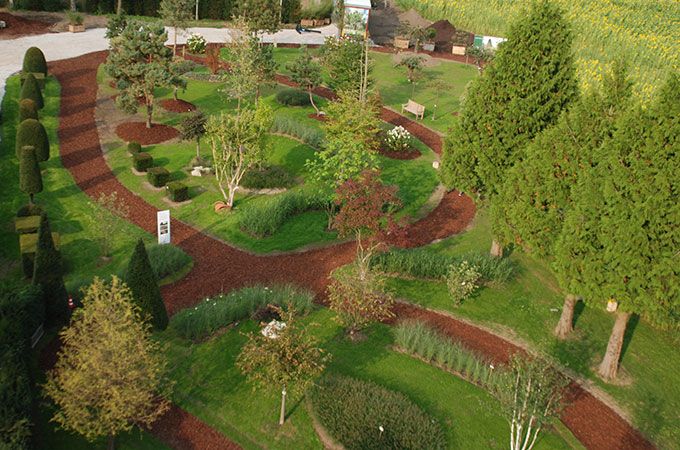
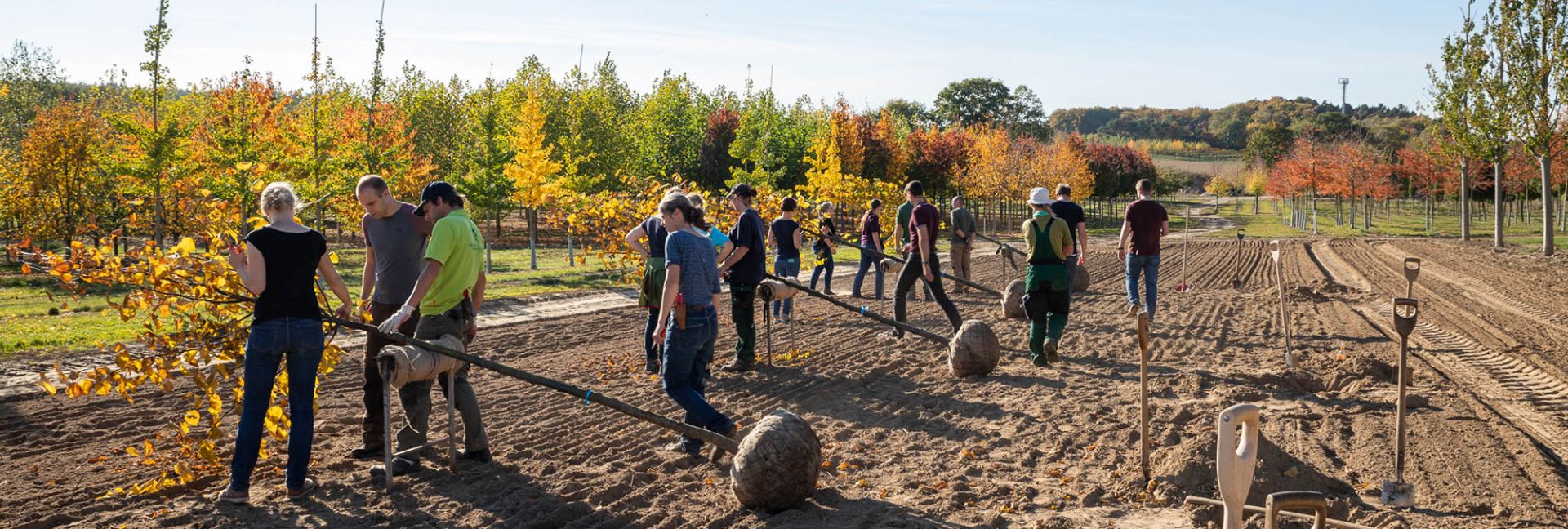
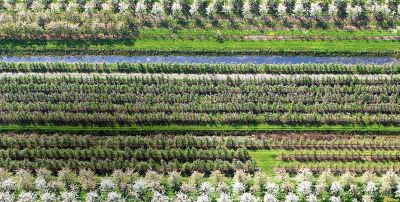
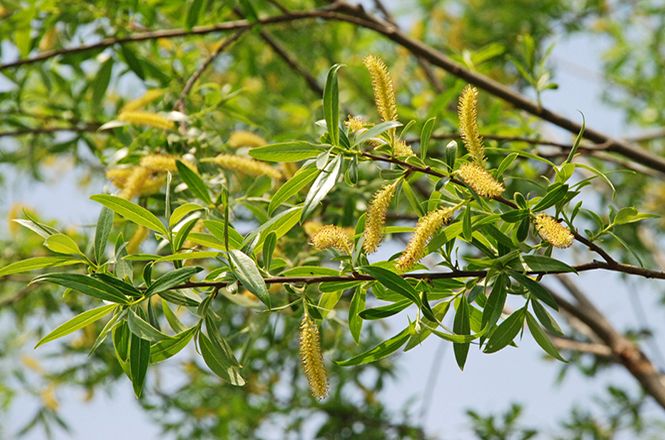
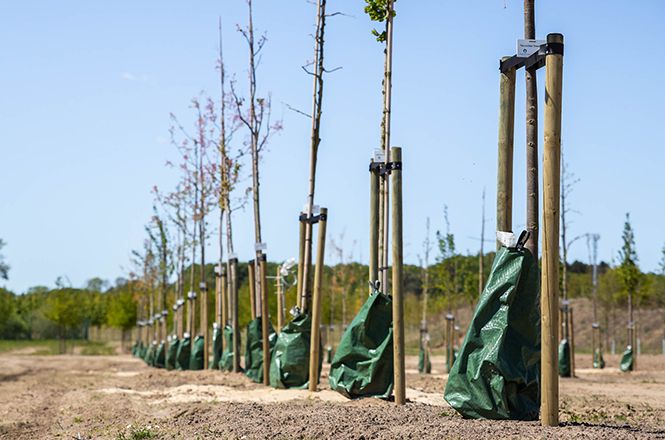
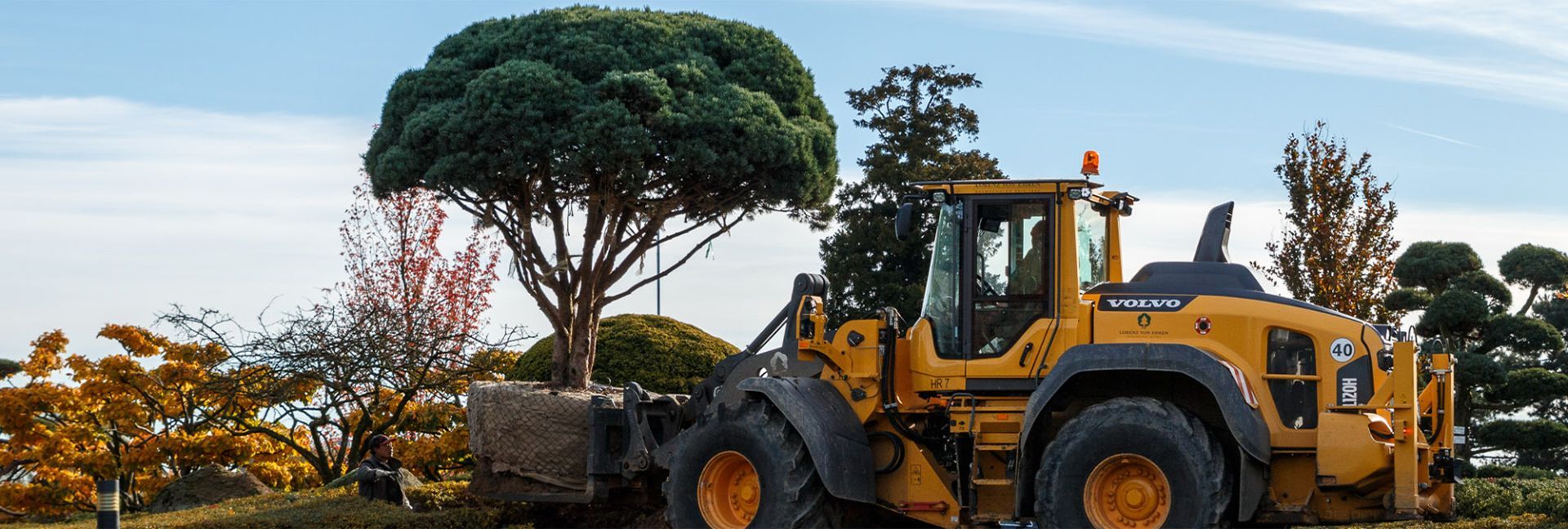
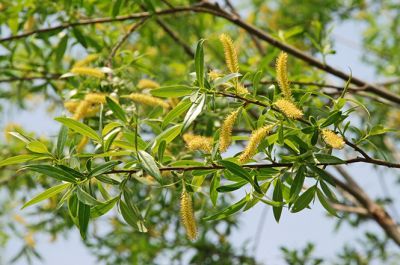
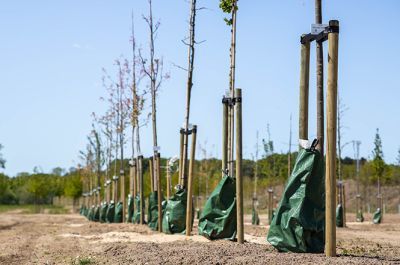
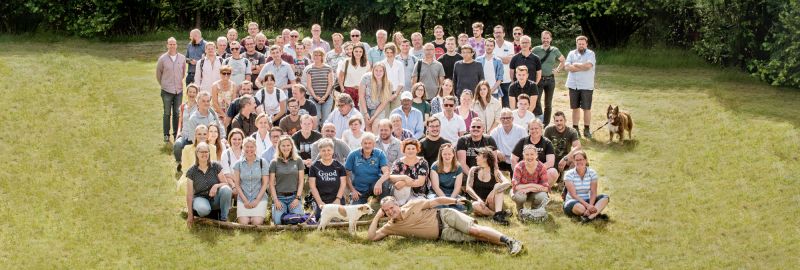
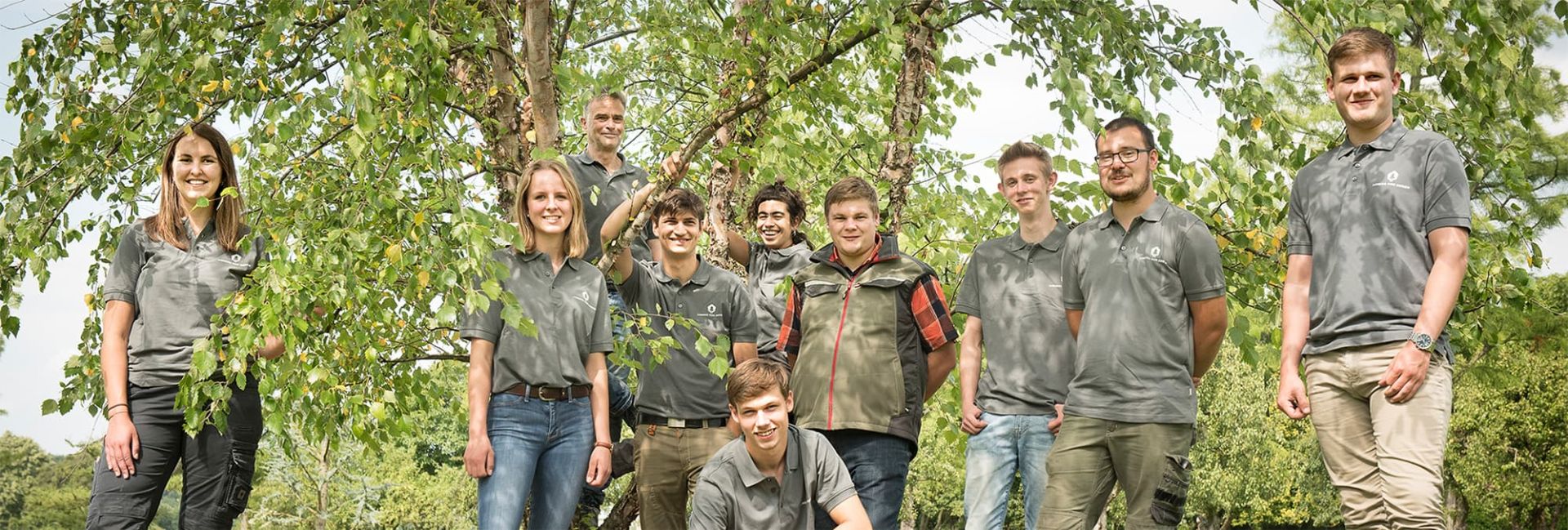
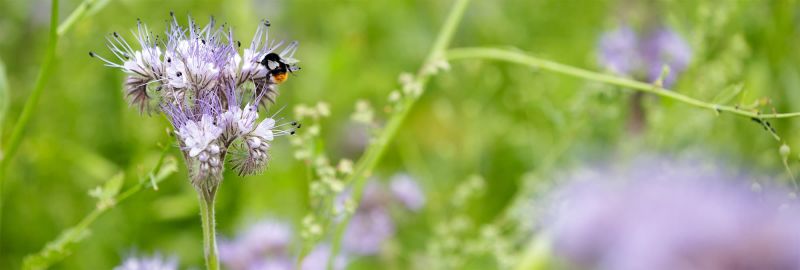
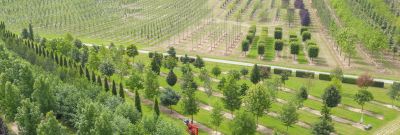
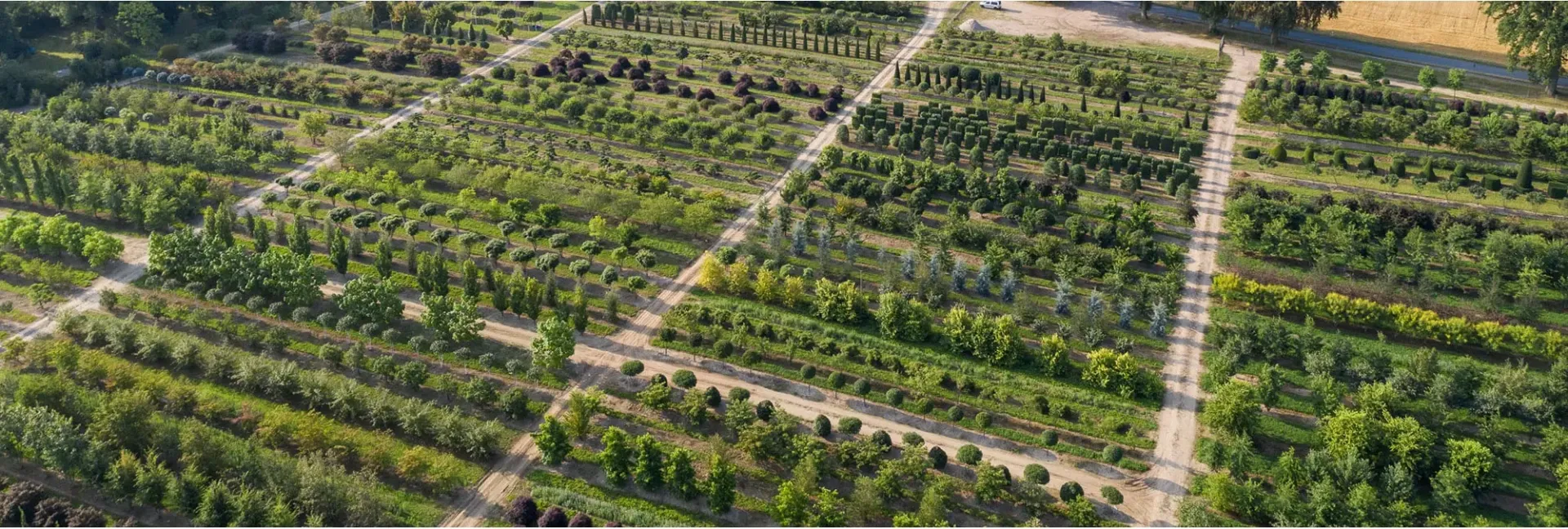
_400x400.webp)
